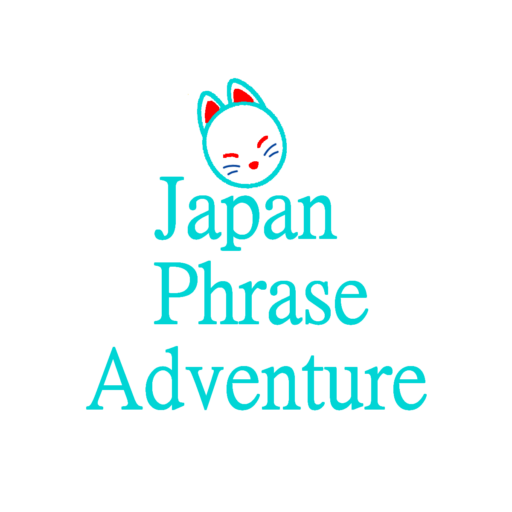Why Japanese Uses Hiragana, Katakana, and Kanji – And Why Kanji Is So Important
If you’re learning Japanese, you’ve probably wondered: Why are there three writing systems—Hiragana, Katakana, and Kanji? Isn’t that complicated?
As a Japanese native speaker and the creator of the YouTube channel Japan Phrase Adventure, I believe understanding the role of each writing system—and especially the importance of kanji—is key to mastering the language and using it in real-life situations.
Let’s break it down.
The Three Scripts of Japanese
1. Hiragana (ひらがな)
- Soft and curved characters
- First script taught to children
- Used for grammatical particles, native words without kanji, and word endings
- Easy to learn (only 46 basic characters!)
2. Katakana (カタカナ)
- Angular, sharp script
- Used for foreign words, loanwords (like コンピュータ = computer), onomatopoeia, and emphasis
- Also commonly used in advertising and scientific terms
3. Kanji (漢字)
- Chinese-origin characters representing meanings
- Essential for reading fluency and understanding nuance
- Thousands of characters, but around 2,136 are officially taught in school (Jōyō Kanji)
Why Kanji Is So Important
Japanese has many homophones—words that sound the same but have different meanings. Take the word kami (かみ) for example. It could mean:
- 髪 (hair)
- 紙 (paper)
- 神 (god)
Without kanji, you need to rely on context or images to guess the meaning. But kanji instantly tells you what’s being said. Even native speakers sometimes confirm meanings during conversation by asking “Which kami?” or by drawing the kanji in the air with their finger (yes, we really do that!).
My Advice for Japanese Learners
As someone who grew up in Japan and works in language education, here’s my recommendation:
- Start with Hiragana – It’s the foundation.
- Then learn basic Kanji with words – Not just alone, but paired with vocabulary.
- Don’t worry about writing every kanji perfectly—recognition comes first.
For example, even native speakers hesitate to write complex kanji like 薔薇 (*bara* = rose). I know what it means and how it sounds—but writing it? That’s another story.
Learn With Me on YouTube
If you want to master practical Japanese used by native speakers, join me on my YouTube channel:
I focus on the kanji and vocabulary that real Japanese people actually use, so you can learn what’s truly essential.
Keywords (for SEO)
- Learn Japanese kanji
- Hiragana vs katakana vs kanji
- Japanese writing systems explained
- Japanese homophones
- Japanese for beginners
- Japanese reading tips
- How to read Japanese
- Kanji importance in Japanese

